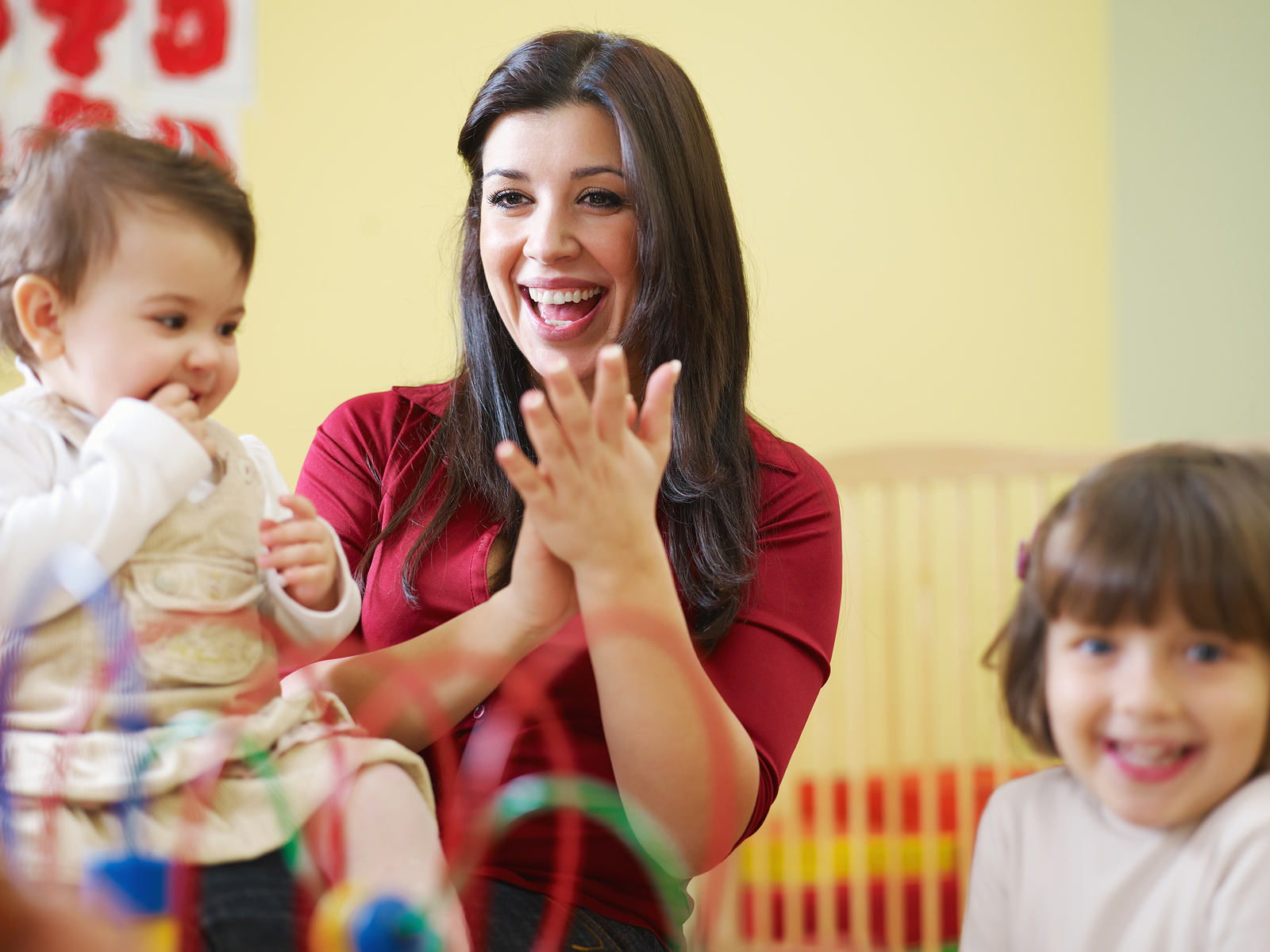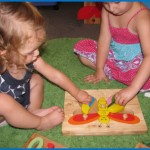What Are Perceptual Visual Motor Skills?
Visual perceptual skills include what we see and how we understand what we see. Perceptual processing helps us organize our sensory information into meaningful patterns. It helps us recognize and identify shapes, colors, size, and relationships between objects. For instance, learning “depth perception” helps us go up and down stairs and learning “figure ground” helps us find an object in a crowded background (like in a ‘junk drawer’).
Activities for your child to do to promote perceptual visual motor skills:
Outside
- Going down a small curb or small stairs helps with judging depth perception.
- Walking on a wide line on the ground or a wide beam that is on the ground helps to judge staying on a line.
- Step in and out of shallow containers such as a small wading pool, over lines on the ground or a hula hoop, helps develop spatial awareness.
- Playing ‘kick the can’ (or balls or balloons) develops visual tracking and where to place your body in order to kick the object.
- Throwing objects at a target or into a container (box, laundry basket, etc.) helps to judge distances and how hard and how far to throw the object.
- Hang a beach ball from a string and practice hitting it with a foam ‘noodle’ (like the ones used in the pool). You can cut the ‘noodle’ in half if needed to make it smaller.
Inside
- Put pan or jar lids on and take them off. This helps children judge where to put things to make them fit. Put objects inside of each other (nesting) – like plastic mixing bowls.
- Draw “roads” on large paper then use a pencil to draw on a road or have your child use a little car drive on the road while staying on the road.
- Stack objects such as jello boxes, shoe boxes, etc. The fun part is to knocking them down!
- Using a container with a ‘fit-on-lid’, cut a slot in the lid to fit discs (like poker chips in the slot), then have your child put them in the slot horizontally. When they are able to do that, gradually turn the slot each time until it eventually is vertical to your child.
- Puzzles – for shape puzzles, start with a circle. When you child can put in a circle independently, then go to the square and then the triangle.
- Stringing objects is very good for hand-eye skills. If your child is just learning this skill, use a wooden spoon and large rings like shower curtain rings or rings cut from a paper towel tube. Start with the spoon in a vertical position. When your child is successful with that turn the spoon to a horizontal position. Then you can use stiff tubing (like aquarium tubing) and then stiff cord. Gradually make the beads smaller and then try a stiff boot lace or shoe lace.
Interesting fact:
There is a correlation between gross motor skills and language skills.
One aspect is that the more mobile your child is and the more they explore their world, the more opportunities and the more desire they have to tell you about their world.





